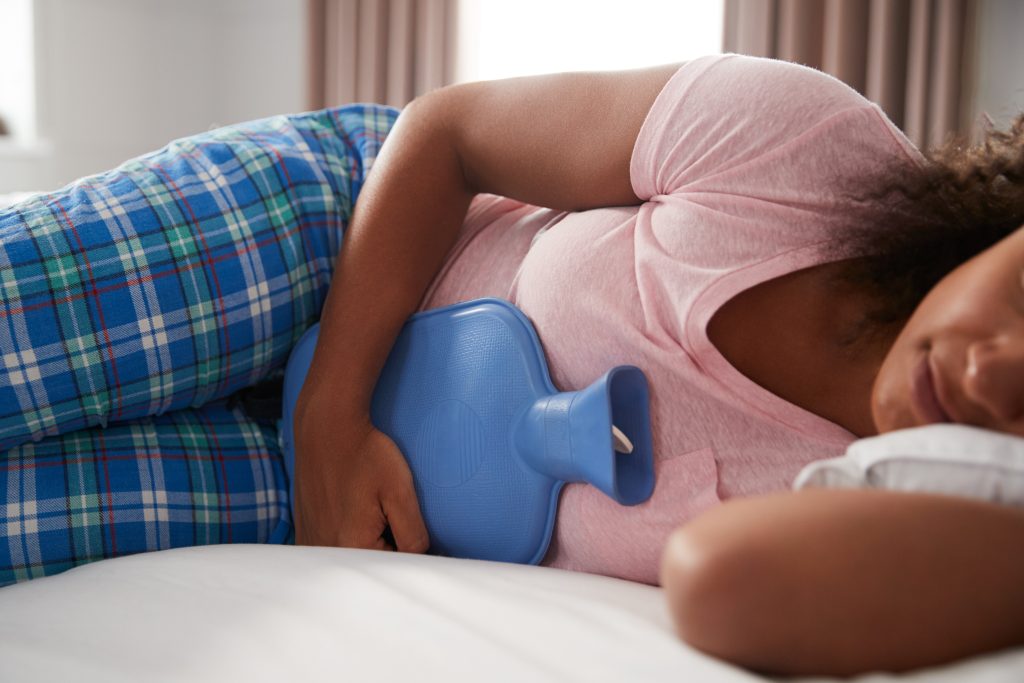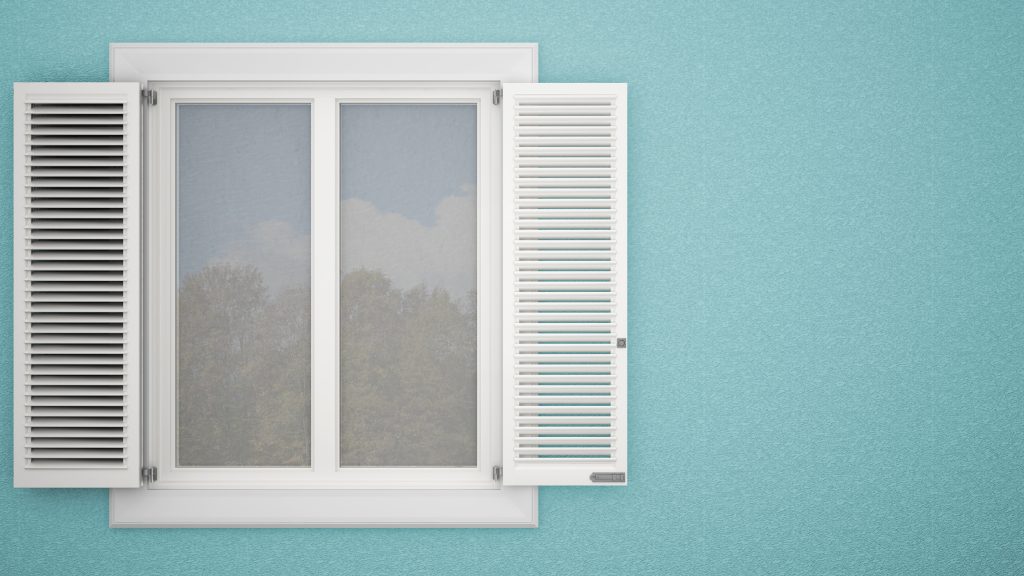7 tips on how to stay cool in bed – your guide for summer
The warmer weather we are currently enjoying across the UK does come with one unfortunate downside: being too hot to sleep. Knowing how to keep a room cool in summer is vital if you want a good night’s sleep and we have just the tips to help you out!
1. During the daytime close your windows, curtains, and blinds
You might notice when you wake up in the morning that as soon as you open the windows or even just the curtains that the heat from the sun rushes in. If it is warmer outside than inside, opening the windows or curtains and blinds will let heat in. You should keep them closed during the day time, and as soon as the sun goes down, you can open them again. Dr Andrew Shea, a lecturer in building physics at the University of Bath, says that “If you have a shaded area at the back of the house, for example, you might be able to open a window there – but generally, you don’t want to open the windows. Just grab on to that last bit of cool air inside”.

If you don’t want your home to be in the dark all day with the curtains closed, you can purchase adhesive film for your windows which does not let as much heat in. This mirrored film from Amazon has 4000 reviews and an average rating of 4 out of 5. However, these do still dim your home a little bit.
2. Fill a hot water bottle with cold water
Just like a hot water bottle in winter, cold water bottles can be used in summer! You can simply put cold water or ice cubes into a hot water bottle, and even put this into the freezer if you need to. If you place one or two of these in your bed it should help you cool down. It is advisable to wrap them in a towel or tea towel to stop any leaking. If you do freeze them, avoid doing this for more than 20 minutes to prevent damage to the hot water bottle. This 52cm long hot water bottle might be a good solution to keep in your bed for a while before getting in!

You could also use cold water bottles to press against your pulse points as these areas of your body can help to cool you down most effectively. If you don’t have a hot water bottle, try using a cold flannel, frozen peas, or ice cubes wrapped in a plastic bag on your wrists, neck, chest, and temples.
3. Use LED lightbulbs
Incandescent light bulbs produce the most heat of any type of lighting. LED lighting is the best alternative, as they lose the least amount of energy as heat. To be sure your lighting isn’t contributing to the heat levels in your rooms, this might be an easy change you can make!

You should be able to find an affordable choice of LED lightbulb from high street shops such as Screwfix.
4. Use fewer heat-emitting appliances at night
In a similar way to lightbulbs, other electrical devices generate unnecessary heat. The World Health Organisation wrote that it is best to turn off as many appliances that use electricity as possible to avoid overheating.

It is best not to use your laptop or games console in your bedroom right before night time as this will also increase the temperature of the room. Even using an oven, toaster, or microwave in other rooms in the evening will up the temperature of your home – especially if you live in a flat. Washers and dryers will have the same effect too, so try to limit use of these at night.
5. Home insulation
Despite it seeming counterintuitive, “Insulating homes has very little, if any, impact on the risk of overheating,” says Professor Kevin Lomas of Loughborough University, who was responsible for the largest national study into overheating in homes. Insulation can keep your home cool because it will stop your home from getting as hot to begin with.

Arup, a UK based sustainable development company, found that loft and roof insulation reduces overheating in homes, and wall insulation does in properties that have fully openable windows, so this type of insulation may be less suited for some smaller flats. Our company offers all types of insulation, and you can learn more about grants for home insulation here with ECO4 and ECO Flex.
6. Shower before bed
It might seem as though having a cold shower before bed would be more helpful, but multiple studies have found that a warm or lukewarm shower can actually cool you down and make you fall asleep faster. SleepFoundation.org write that “warm water stimulates blood flow to the hands and feet, which allows body heat to escape more quickly.”

Additionally, going to bed with damp hair can cool down your head and also your brain, making it easier for you to sleep.
7. External window shades
Another study by Professor Kevin Lomas found that “internal shading” such as curtains are “less effective, but helpful” in comparison to external shading methods such as “facade articulation, overhangs, side fins… external shutters, sliding panels, and movable blinds”. If possible, you could install external shutters or awnings outside your bedroom to keep heat out.


This example, from a study on strategies to minimise overheating, shows several types of external window shading devices such as shutters, awnings, and shade from trees and other plants. Even temporarily attaching bedsheets on the outside of your windows can prevent too much heat from reaching indoors and reduce the chance of your bedroom overheating.
Extra resources
- This handy webpage by the South Australian government is full of advice for keeping your rooms cool. In Australia they are surely well versed in keeping heat out, but remember that here in the northern hemisphere south facing houses get the most sunlight, and in the southern hemisphere this is reversed, so any advice regarding this must be reversed to help us in the UK!
- This YouTube video shows an experiment about where to place your desk fan to move air through your home most efficiently. (3 feet from an open window, facing outwards to blow hot air out).
- How to keep your dog cool at night – The Kennel Club has a guide on how to keep your dog cool in summer.
